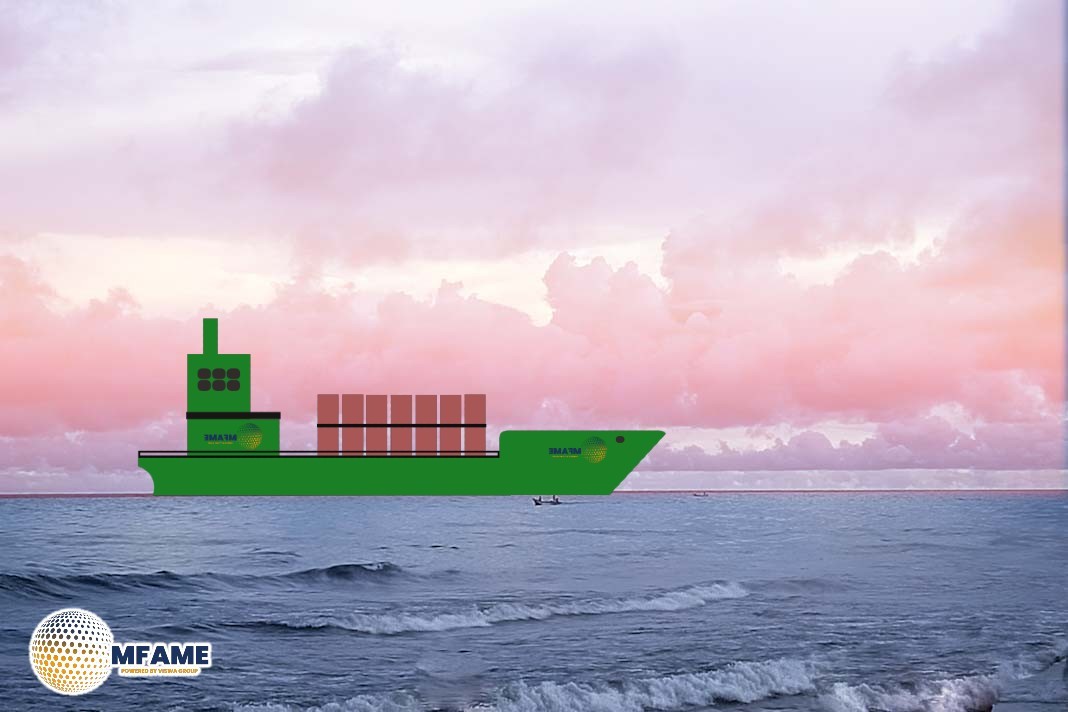- New U.S. Maritime Rules Push for Domestic Shipbuilding Shift.
- Chinese Vessels Face Rising Fees Under New USTR Proposal.
- USTR Unveils Transport Strategy to Curb Chinese Ship Access.
The United States Trade Representative (USTR) has unveiled a new fee and regulatory structure aimed at reducing Chinese presence in maritime shipping. The plan applies phased fees to Chinese-owned, Chinese-operated, and Chinese-built vessels while incentivising the deployment of U.S.-constructed vessels using economic incentives and regulatory aid, reports LinkedIn.
Annexe I – Chinese-Owned or Operated Vessels
Beginning April 2025, ships owned or operated by Chinese entities will be charged according to their Net Tonnage (NT). The charge starts at zero and increases yearly, to $140 per NT by April 2028. These charges will be levied no more than five times a year per ship, with each levy correlated with a rotation.
Annexe II – Chinese-Built Vessels
Chinese-built vessels will be subject to a different fee regime, either per NT or per container, whichever is the greater. In 2028, this will increase to $33 per NT or $250 per container. However, several exemptions are included in the proposal. U.S. government cargo is exempt, and vessels that are U.S.-owned or flagged and enrolled in programs such as the Voluntary Intermodal Sealift Agreement, the Maritime Security Program, the Tanker Security Program, or the Cable Security Program are exempt.
Exemptions are also allowed for vessels arriving empty or in ballast, small ships under specified size restrictions, short-sea voyages under 2,000 nautical miles, U.S.-flagged vessels with a minimum 75% American ownership, chemical tankers, and Great Lakes Lakers documented on CBP Form 1300. Operators who procure or take delivery of a U.S.-constructed vessel will also be entitled to a three-year exemption from such fees.
Annexe III – Foreign-Built Vehicle Carriers
Charges for vessel carriers built elsewhere in the U.S. will remain at zero until October 2025. Afterwards, a charge of $150 per Car Equivalent Unit (CEU) shall be made. Similar to Annexe II, there is an avenue for exemption via the acquisition of a vessel built in the U.S.
Annexe IV – LNG Export Vessel Requirements
Starting April 17, 2028, U.S. liquefied natural gas (LNG) exports will face new ship limits. An increasing percentage of the exports must be transported on U.S.-constructed, U.S.-flagged, and U.S.-operated ships. The level begins at 1% in 2028 and rises to 11% in 2045. Operators can seek a waiver of three years if they place an order for a U.S.-constructed LNG ship with the same carrying capacity.
Market Impact
Even though these proposals are sweeping in their scope, the USTR figures that only 9% of all 2024 U.S. port calls—some 7,853—would be impacted. That represents a sharp decrease from previous versions, which would have affected about 43% of calls. By vessel type, the effect ranges as follows: containerships 7%, bulk carriers 9%, crude tankers 6%, and product tankers a mere 3%. But car carriers are disproportionately impacted, with 95% of their 4,110 annual visits subject to the new regulations.
Global Maritime Context
The U.S. is a significant player in the global shipping industry, accounting for 12% of the world’s seaborne trade by weight, 5% of imports and 7% of exports. Chinese interests have a strong influence over the world’s fleet, owning 15% in total. This comprises 32% of the bulk carrier market, 25% of containerships, and 19% of tankers.
Did you subscribe to our daily Newsletter?
It’s Free Click here to Subscribe!
Source: LinkedIn
















